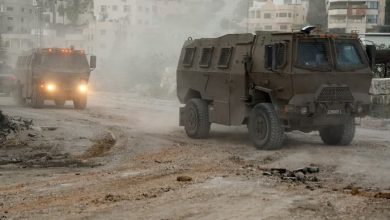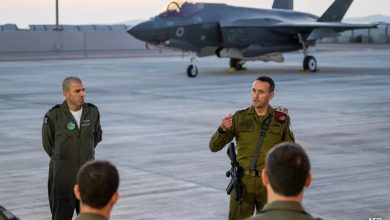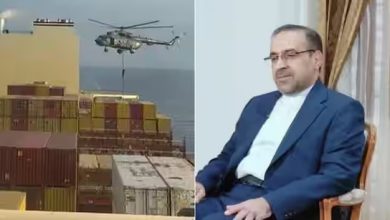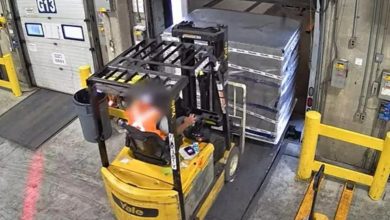ISIS Buried Thousands In 72 Mass Graves
Hardan: Surrounded by smoke and flames, the sound of gunshots echoing around him, the young man crouched in the creek for hours, listening to the men in his family die
On the other side of the mountain, another survivor peered through binoculars as the handcuffed men of neighbouring villages were shot and then buried by a waiting bulldozer. For six days he watched as the extremists filled one grave after another with his friends and relatives.
Between them, the two scenes of horror on Sinjar mountain contain six burial sites and the bodies of more than 100 people, just a small fraction of the mass graves Islamic State terrorists have scattered across Iraq and Syria.
In exclusive interviews, photos and research, The Associated Press has documented and mapped 72 of the mass graves, the most comprehensive survey so far, with many more expected to be uncovered as the Islamic State group’s territory shrinks.
In Syria, AP has obtained locations for 17 mass graves, including one with the bodies of hundreds of members of a single tribe all but exterminated when IS extremists took over their region. For at least 16 of the Iraqi graves, most in territory too dangerous to excavate, officials do not even guess the number of dead.
In others, the estimates are based on memories of traumatised survivors, Islamic State propaganda and what can be gleaned from a cursory look at the earth. Still, even the known victims buried are staggering from 5,200 to more than 15,000.
Sinjar mountain is dotted with mass graves, some in territory clawed back from IS after the group’s onslaught against the Yazidi minority in August 2014; others in the deadly no man’s land that has yet to be secured.
The bodies of Talal Murat’s father, uncles and cousins lie beneath the rubble of the family farm, awaiting a time when it is safe for surviving relatives to return to the place where the men were gunned down. On Sinjar’s other flank, Rasho Qassim drives daily past the graves holding the bodies of his two sons.
The road is in territory long since seized back, but the five sites are untouched, roped off and awaiting the money or the political will for excavation, as the evidence they contain is scoured away by the wind and baked by the sun.
“We want to take them out of here. There are only bones left. But they said ‘No, they have to stay there, a committee will come and exhume them later,'” said Qassim, standing at the edge of the flimsy fence surrounding one site, where his two sons are buried. “It has been two years but nobody has come.”
IS made no attempt to hide its atrocities. In fact it boasted of them. But proving what United Nations officials and others have described as an ongoing genocide and prosecuting those behind it will be complicated as the graves deteriorate.






